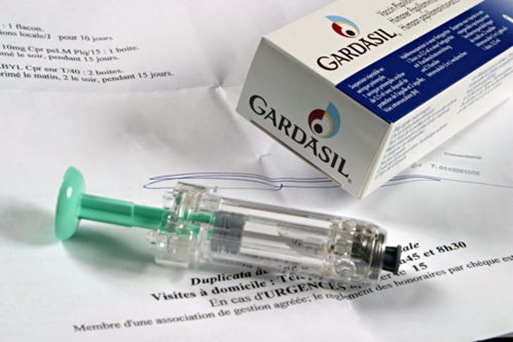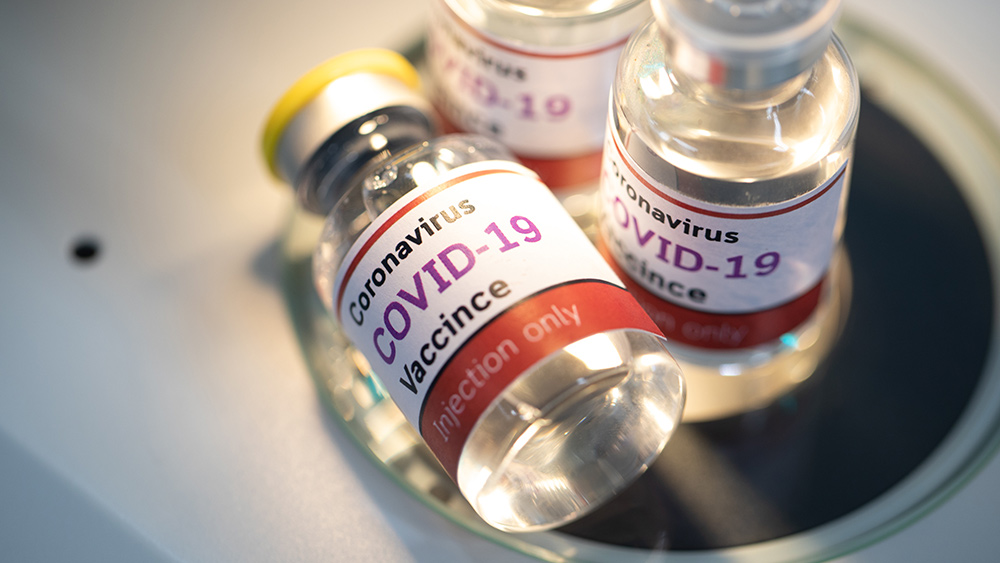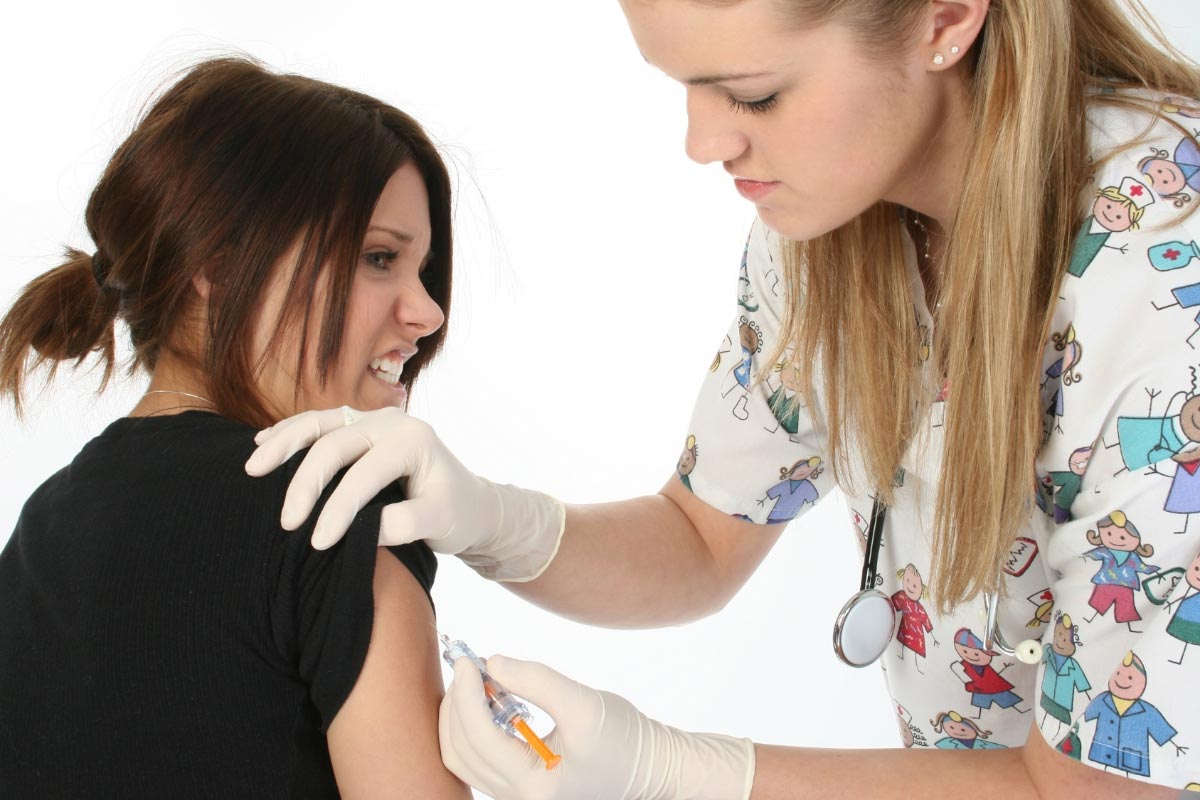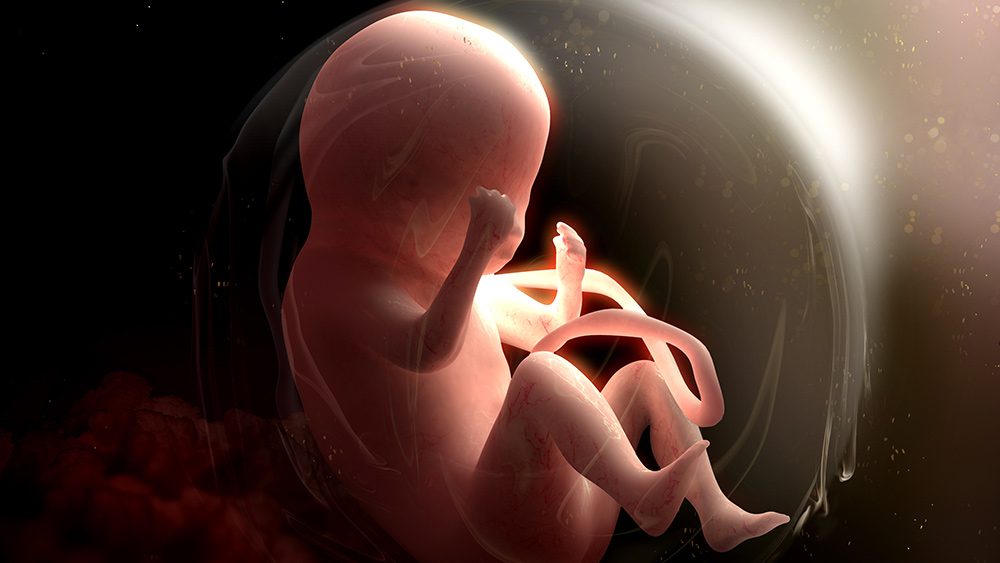Dr. Daniel Nagase warns of possible GLOBAL CATASTROPHE as Japan plans to roll out world’s first self-replicating mRNA COVID-19 vaccine
09/06/2024 / By Olivia Cook
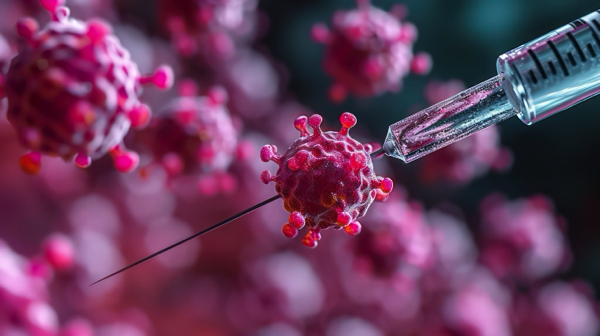
NHK, Japan’s biggest broadcaster, aired a special report on Wednesday, Sept. 4, about the side effects of the Wuhan coronavirus (COVID-19) vaccines – featuring stories from viewers who shared their negative experiences.
But according to Dr. Daniel Nagase, the issues seen so far might pale in comparison to what could happen with a new kind of vaccine known as the replicon vaccine. He warned that these vaccines could trigger a global catastrophe.
Nagase said if genes from these replicon vaccines escape into the environment – through birds, insects or other animals – they could spread uncontrollably, creating a nightmare scenario. (Related: GLOBAL EMERGENCY UNFOLDING: Japan will unleash Bill Gates-approved, SELF-REPLICATING mRNA vaccines starting next month.)
Replicon vaccines use a special type of RNA that can replicate itself. This means the vaccine could produce viral proteins inside the body longer. While this has excited researchers for its supposed potential in treating diseases, like cancer, it raises concerns about the vaccine’s ability to spread between humans and other species.
In November 2023, Japan’s Ministry of Health, Labor and Welfare approved its first replicon vaccine, the ARCT-154. Developed by American biotech firm Arcturus Therapeutics in partnership with Australian vaccine manufacturer CSL Seqirus, this experimental COVID-19 vaccine is designed to be more efficient than traditional mRNA vaccines by setting up a “biological factory” in the body and producing more proteins with a similar dose.
Japan plans to roll out these vaccines in late 2024, but protests have already erupted over the rollout due to concerns regarding the World Health Organization’s proposed pandemic treaty and the risks posed by these new vaccine technologies.
Nagase believes this is a global issue that everyone needs to watch closely.
Global threat of replicon vaccines
Replicon vaccines, also known as self-amplifying mRNA vaccines, carry a unique risk due to their viral origins. These vaccines are based on alphaviruses – a family of viruses that can infect both humans and animals. What makes them concerning is their resilience – some can survive for long periods outside of a host and remain infectious. The potential danger lies in how these man-made genes could spread – not just between people but across entire ecosystems.
Nagase raised alarms about the serious consequences of introducing these artificial genes into the environment. He points out that if these genes were to escape into nature – via mosquitoes or other animals – they could spread uncontrollably, making it nearly impossible to eliminate them. The real feeling is that replicon vaccines could recombine with other viruses – leading to the creation of hybrid viruses, or “superviruses,” that are more dangerous and harder to control.
One of the biggest concerns is interspecies transmission. Alphaviruses are known to jump between species and if a human injected with a replicon vaccine passes the artificial genes to animals or insects, the virus could survive and evolve in these new hosts. This means the virus could remain deadly to humans while thriving in other species – creating long-lasting reservoirs of infection. In the worst-case scenario, these genes could spread globally – making containment nearly impossible.
The ARCT-154 trials in Vietnam, where over 9,000 people were given replicon vaccines, didn’t address the potential environmental spread of the vaccine. There was no follow-up to check if the vaccine’s genetic material had entered the ecosystem.
If a similar situation were to unfold on a larger scale – like in Japan – Nagase said the only solution might be a complete quarantine of the country.
Without drastic measures, the artificial genes could spread across the world, becoming a permanent fixture in multiple species and posing an ongoing threat to human health.
Watch this video about the self-amplifying mRNA COVID-19 vaccine.
This video is from the Daily Videos channel on Brighteon.com.
More related stories:
Children given mRNA COVID-19 vaccines showed dangerous immune system alterations one year later.
Sources include:
Submit a correction >>
Tagged Under:
This article may contain statements that reflect the opinion of the author
RECENT NEWS & ARTICLES
BadMedicine.News is a fact-based public education website published by BadMedicine News Features, LLC.
All content copyright © 2019 by BadMedicine News Features, LLC.
Contact Us with Tips or Corrections
All trademarks, registered trademarks and servicemarks mentioned on this site are the property of their respective owners.




